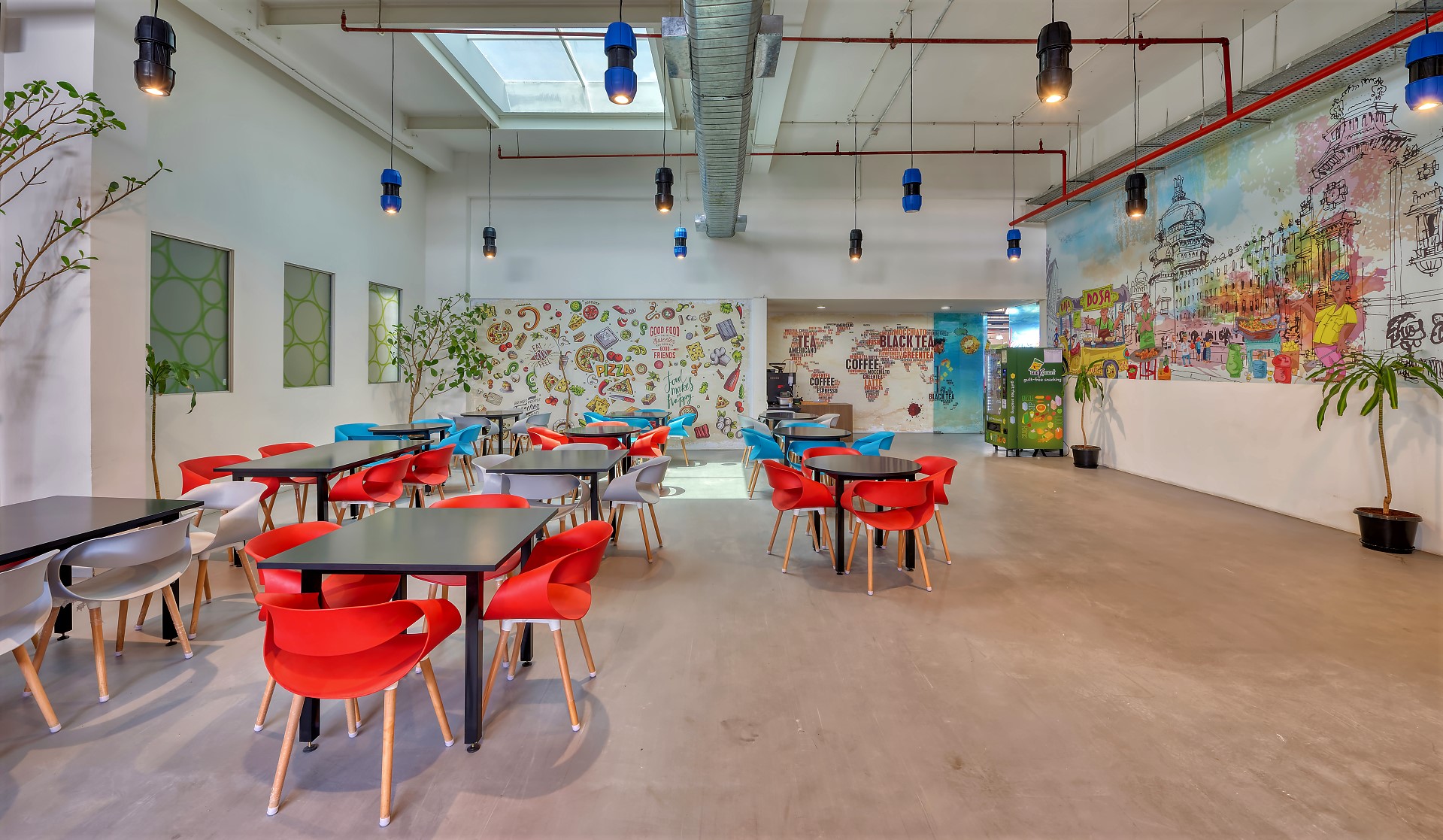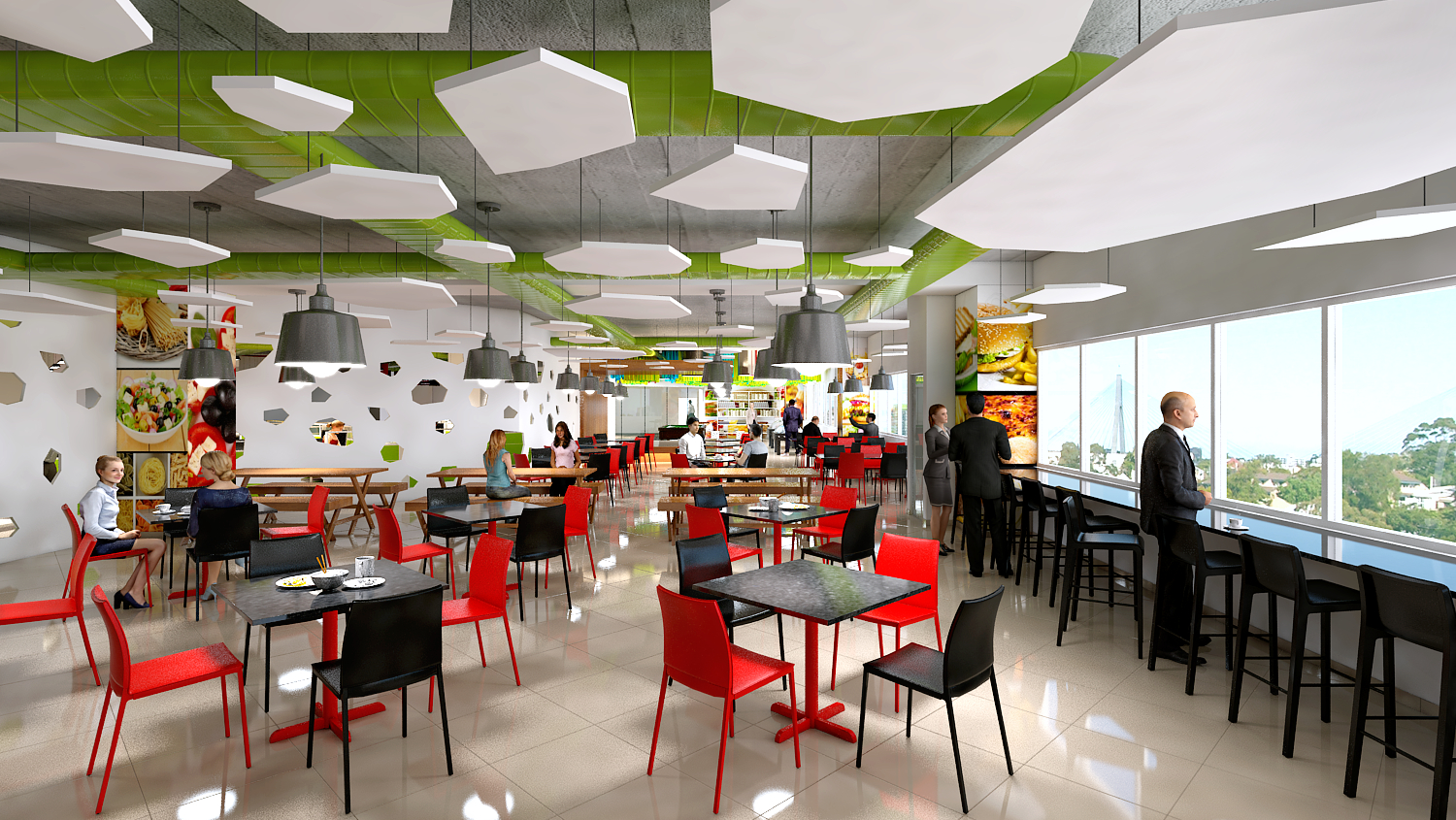It has been four years since the onset of the COVID-19 pandemic, yet its overwhelming impact on our lifestyles persists. The work industry has undergone significant transformations, particularly with the integration of stringent hygiene practices. However, the corporate sector has experienced even more notable shifts. Employees have become accustomed to the work-from-home model, and many remain hesitant to return to the traditional office setting.
Frank Weishaupt, CEO of Owl Labs, shared his insights with Forbes in a recent interview:
“We just passed the fourth year anniversary of the pandemic, and many employers still haven’t yet given up on trying to return to pre-pandemic policies despite our data showing that many employees will make sacrifices to achieve flexibility in where they work, as 62% would take a pay cut of 10% or more to remain hybrid.”
Although the exigencies of the pandemic initially compelled organisations to adopt remote work practices, most companies are now encouraging their employees to return to the office. But to entice employees to leave the comfort of their home offices, employers need to offer something that makes the workplace more appealing. This necessity has given rise to a trend known as ‘office peacocking.’ But what exactly is it, and why is it making such a wave?

Understanding office peacocking
“Office peacocking” has been a topic of discussion for some time, but it is only in 2024 that it has gained significant traction among workplaces. This trend is particularly prominent as companies strive to entice employees back to the office in light of return-to-office (RTO) mandates.
Much like a peacock displaying its feathers to attract attention, companies are enhancing and upgrading their physical environments to stand out and appeal to their workforce. The trend involves employers embellishing the workplace with appealing features and amenities to draw employees back to in-person work.
One of the major elements of office peacocking involves interior design. The era of monotonous cubicles is drawing to a close as employees increasingly seek dynamic and collaborative workspaces. Crafting such environments can significantly enhance worker engagement and satisfaction, providing an allure that remote work cannot offer.
By integrating cutting-edge technologies, abundant natural light, biophilic elements, inviting cafeterias, and wellness facilities, offices can become more welcoming and enticing. The objective of office peacocking is to counterbalance the convenience and comfort of working from home, turning the office into a place where employees are eager to spend time. This approach aims to foster more frequent in-person collaboration and strengthen team cohesion, encouraging employees to embrace the office environment with renewed enthusiasm.

What is the motivation behind businesses opting for office peacocking?
Over the last couple of years, people have become used to the convenience of working from home, which makes it hard to give up. Office peacocking is a way for companies to address the return-to-the-office backlash. With millennials and Gen Z making up a large part of the workplace, many organisations are focusing on creating an aesthetically pleasing environment.
The newer generation looks for a work-life balance with a space where they can openly share their ideas with team members, have a space for relaxation, informal meeting spaces, common areas, and more. By investing in wellness programmes, fostering team bonding, and enhancing comfort and ergonomics, businesses create an appealing work environment. This strategy not only draws people back on-site but also aligns with contemporary demands for a more employee-centric approach to work and a supportive, engaging organisational culture.
Office peacocking can also be a key advantage in outshining competitors by curating an attractive workspace that goes beyond the norm. Every business upholds distinct values and objectives. By integrating cutting-edge technology, high-quality amenities, and elements that reflect the company’s values and authenticity, it creates a lasting impression on employees as well as clients and stakeholders. This strategic approace boosts your employees’ moreale, gives them a sense of satisfaction, and draws new candidates seeking a vibrant and supportive office culture.
Though the purpose of office peacocking was to attract people back into the office, it automatically yields beneficial ripple effects for companies. For instance, incorporating more people-centric approaches such as abundance of natural light, ergonomic furniture, acoustic walls, sustainability improves employee satisfaction boosting your overall productivity. These outcomes result from an enhanced work environment that prioritises employee well-being and experience.
The office peacocking approach helps you build a strong relationship with employees. Taking consideration of your employee’s mental and physical health and well-being can help organisations smooth the transition back to in-person work settings and foster a more enjoyable organisational culture.

